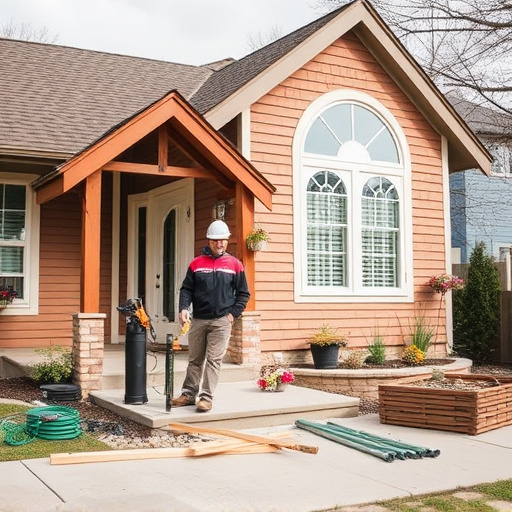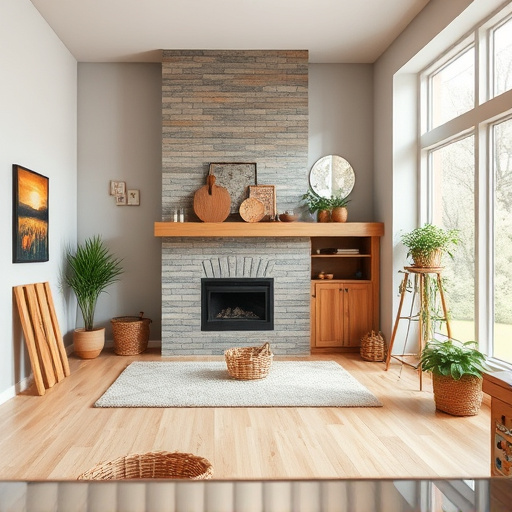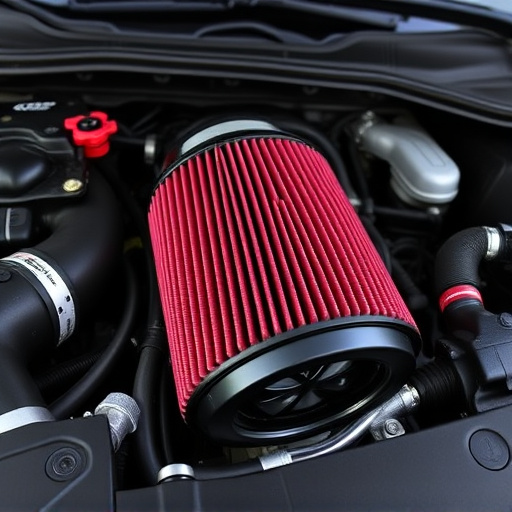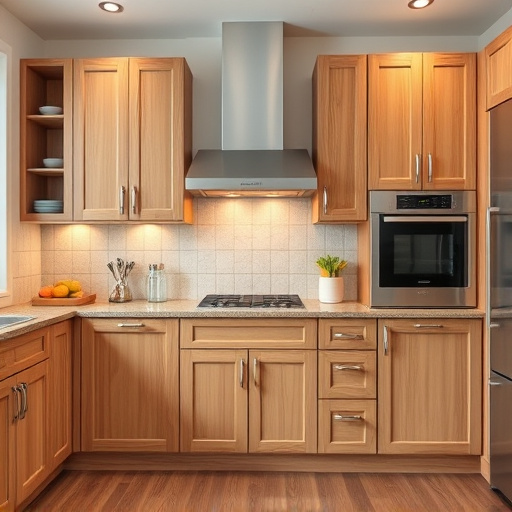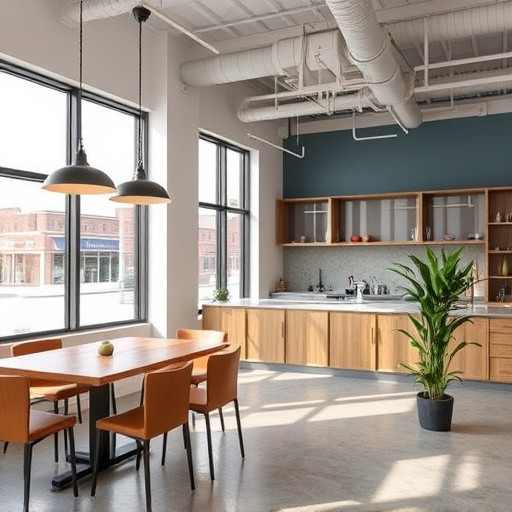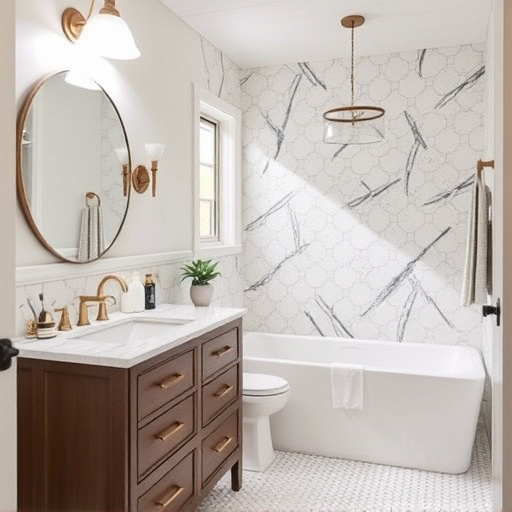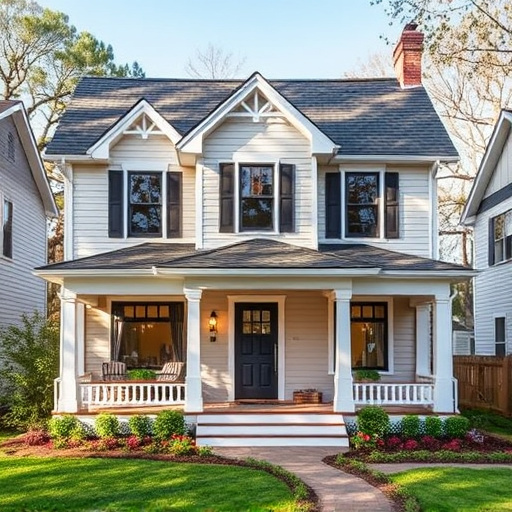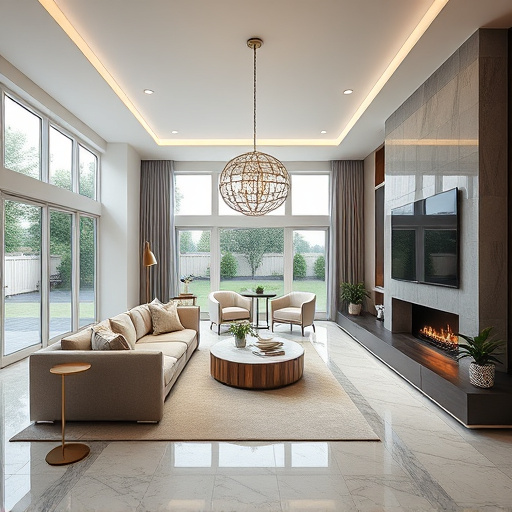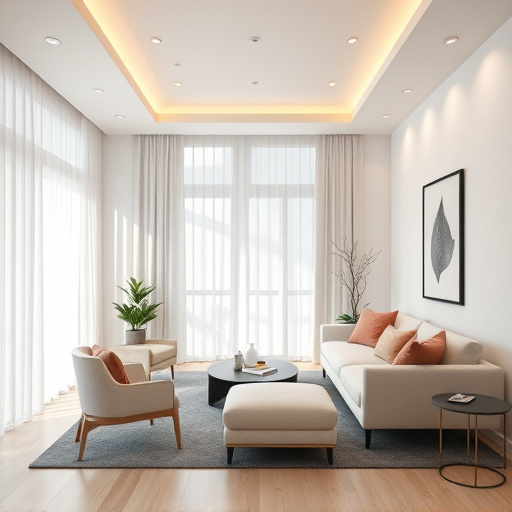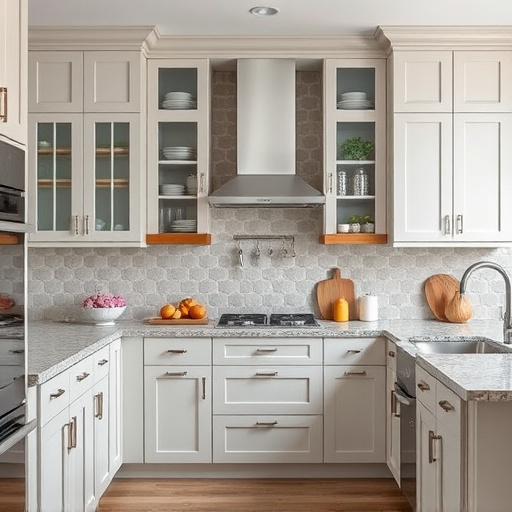A cohesive kitchen design relies on coordinating upper and lower kitchen cabinets with matching styles and colors, creating visual continuity and enhancing space. Seamless integration ensures practical workflows while telling a cohesive design story through walls, cabinets, and floors.
In the heart of every home, the kitchen stands out as a space that demands both aesthetics and functionality. When designing or remodeling, ensuring upper and lower kitchen cabinets coordinate seamlessly is crucial for creating a cohesive look. This article delves into three key aspects: matching styles for unified esthetics, color coordination from walls to floors, and functionally integrating cabinets for optimal space utilization. Discover how these elements transform your kitchen into a harmonious blend of style and practicality.
- Matching Styles for Cohesive Esthetics
- Color Coordination: Walls to Floors
- Functional Integration and Pairing
Matching Styles for Cohesive Esthetics
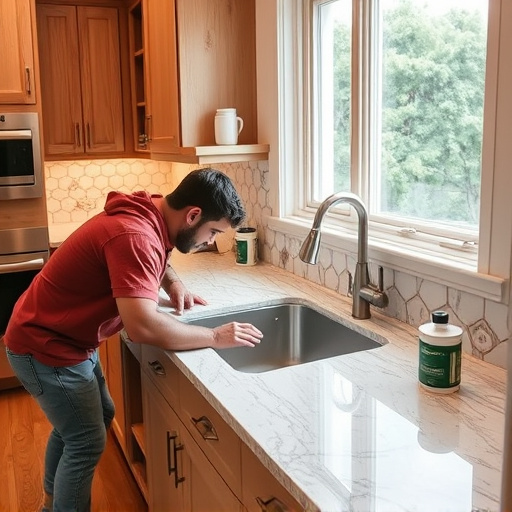
When designing your kitchen, one often overlooked detail is ensuring that upper and lower kitchen cabinets coordinate for a cohesive aesthetic. Matching styles creates a harmonious look that ties the space together. For instance, if you opt for modern, flat-panel cabinets with clean lines for your bottom units, it’s best to continue this style for the upper cabinets as well. This visual continuity makes your kitchen feel more open and put-together.
Consistency in design is key when it comes to upper and lower kitchen cabinets. By choosing complementary styles that align with your overall theme—be it traditional, rustic, or contemporary—you create a flow that extends from wall to wall, enhancing the sense of space and making your kitchen and bath (or bathroom remodel) a more enjoyable environment in which to prepare meals and gather.
Color Coordination: Walls to Floors
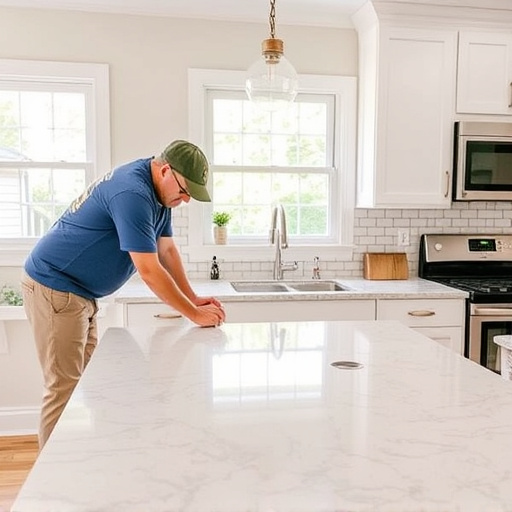
When it comes to creating a cohesive and visually appealing kitchen, color coordination between upper and lower cabinets is essential. The seamless transition from walls to floors should be a key consideration in your cabinet design. Opting for a matching or complementary color scheme ensures that your kitchen feels both balanced and harmonious. Neutral tones like whites, grays, and beiges are popular choices as they offer versatility and pair well with various countertop materials and backsplash styles.
For a more dramatic effect, you can choose contrasting colors to create depth and visual interest. Dark upper cabinets paired with light lower ones or vice versa can add character and dimension to your space. When selecting colors, consider the overall aesthetic you’re aiming for—modern, traditional, or rustic—and choose shades that align with your desired theme. Remember, a successful kitchen renovation involves not just customized work but also ensuring that every element, from walls to floors, tells a cohesive design story.
Functional Integration and Pairing
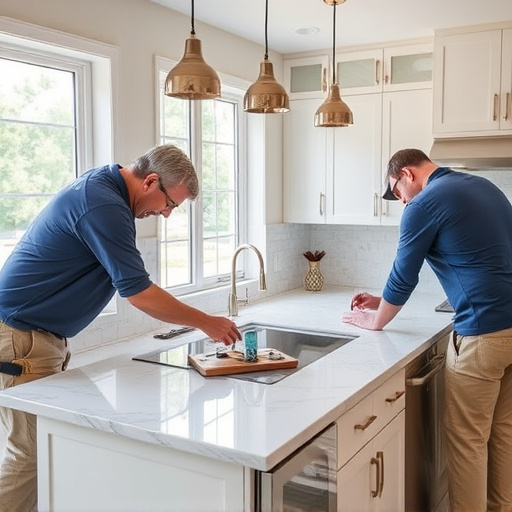
A successful kitchen design relies on seamless integration between upper and lower cabinets, creating a functional and aesthetically pleasing space. When coordinating these elements, consider their pairing as an opportunity to enhance both form and practicality. Upper cabinets, often serving as storage for dishes and decorative items, should complement lower cabinets, which typically house appliances, utensils, and everyday essentials.
Opting for a cohesive style ensures that the kitchen feels unified, while strategic placement and height adjustments enable these cabinets to work in harmony. In residential renovations or home improvement services, understanding this functional integration is key to creating efficient workflows and visually appealing kitchens.
When coordinating upper and lower kitchen cabinets, the goal is to create a visually appealing and functional space. By matching styles for cohesive esthetics, ensuring color coordination from walls to floors, and strategically pairing cabinets for optimal functionality, you can transform your kitchen into a harmonious and inviting environment. Remember, the right balance between form and function will not only enhance your daily routines but also increase the overall value of your home.

